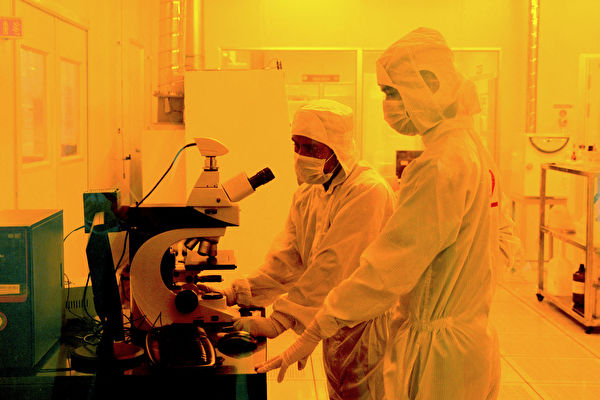Indian talent can help alleviate the labor shortage in the U.S. semiconductor supply chain. Experts are calling for reforms in immigration policies to promote talent mobility between the U.S. and India as they strengthen technological cooperation. Analysts also believe that the U.S. increasing import tariffs on Chinese semiconductors could expand India’s market share in chips, accelerating supply chain shift.
In March 2023, the U.S. and India signed a memorandum of cooperation to establish a semiconductor supply chain and innovation partnership. Since then, U.S. chip manufacturers have pledged to invest billions of dollars in India.
Sripriya Ranganathan, Deputy Consul General of the Indian Embassy in the U.S., stated at a Hudson Institute event, “India has abundant human resources capable of meeting the economic needs of both sides (India and the U.S.).”
She urged both countries to work together to maximize the economic impact of these tech talents.
India has a large number of students pursuing tech courses. According to the “All India Survey on Higher Education” by the Indian government, as of 2021, over 600,000 university students in India were enrolled in electronics engineering-related fields.
Meanwhile, the U.S. is expected to face a severe shortage of semiconductor talent. The Semiconductor Industry Association (SIA) estimates that by 2030, the industry will add nearly 115,000 jobs, but 58% of these new positions may not find suitable candidates.
Some experts propose implementing a special visa program to facilitate the movement of chip industry talents between the U.S. and India, which would benefit both countries.
The majority of Indian professionals working in the U.S. tech industry hold H-1B visas, a work visa issued to professionals. However, the annual cap for new H-1B visas is 85,000, leading to a lottery system due to oversubscription.
For the H-1B visa lottery for the 2025 fiscal year, over 470,000 people applied, meaning over 80% were unable to secure the visa.
Stephen Ezell, Vice President of Global Innovation Policy at the Information Technology and Innovation Foundation (ITIF), suggested that establishing time-limited special visas for semiconductor and artificial intelligence (AI) professionals may be politically feasible.
However, he believes that with the U.S. presidential election approaching, it may take the new government to push forward relevant policies.
Among the series of investment projects announced by U.S. semiconductor manufacturers last year, one of the most notable is Micron’s semiconductor assembly testing (ATP) factory in Gujarat, India. The project, valued at $2.75 billion, is co-funded by the Indian federal government, Gujarat state, and Micron, with construction commencing in September last year and expected to be operational by the end of 2024.
Additionally, companies like Applied Materials and AMD have also invested in building chip research facilities in India.
Last week, the U.S. announced increasing tariffs on Chinese semiconductors from 25% to 50%, citing concerns about China potentially dominating the low-end chip market.
Konark Bhandari, a researcher at Carnegie India, believes that this move by the U.S. could expand India’s market share in the low-end semiconductor production sector.
(Reference: This article is based on reports from “Nikkei Asia”)

